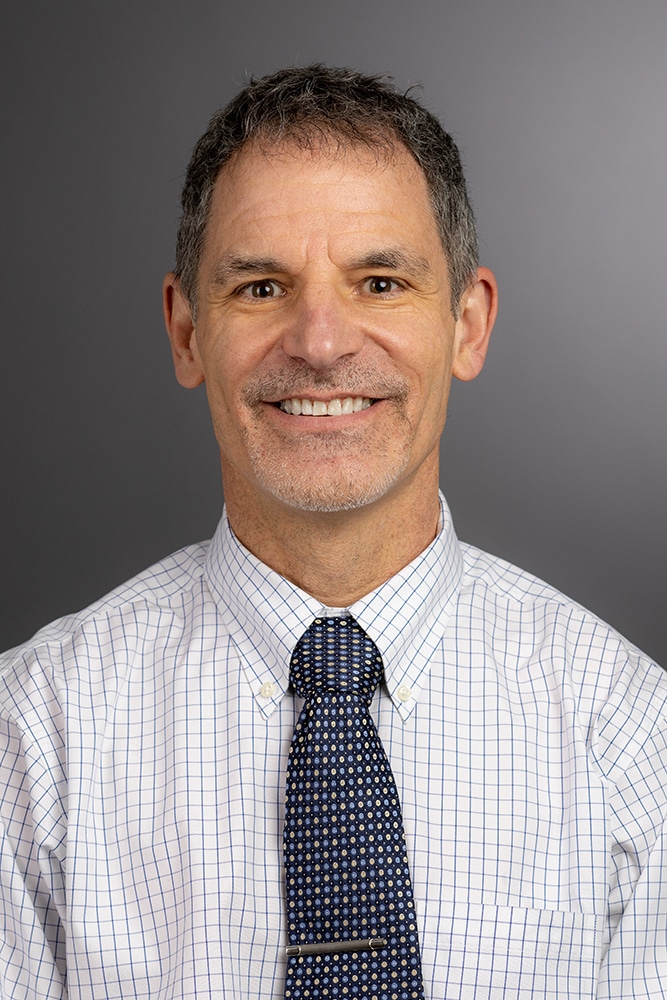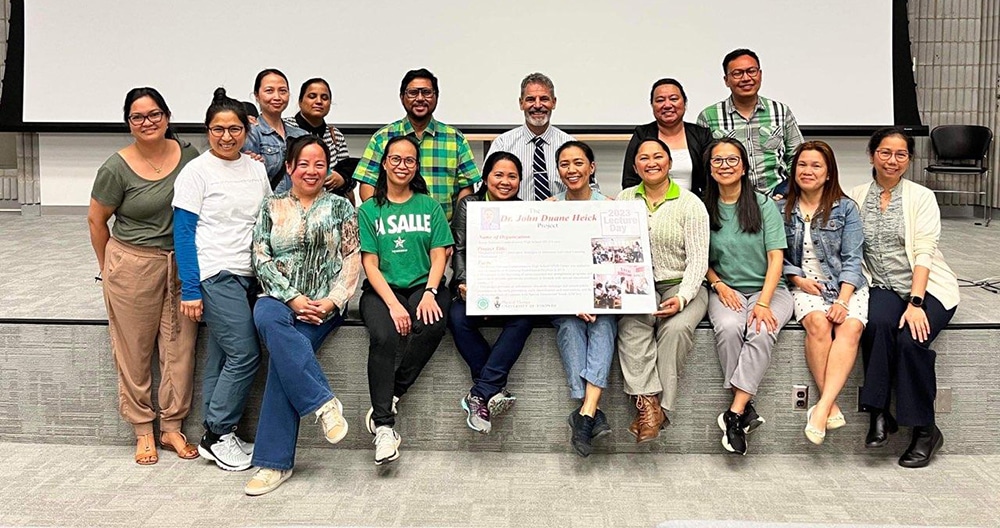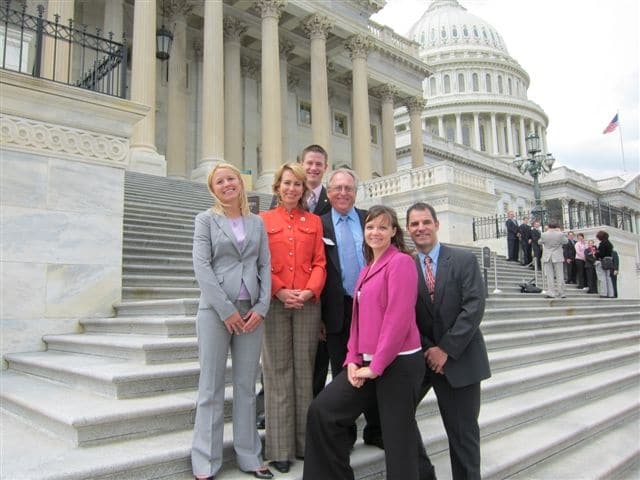Northern Arizona University professor John Heick was recently honored with the prestigious American Physical Therapy Association (APTA) national teaching award, the Dorothy E. Baethke-Eleanor J. Carlin Award for Excellence in Academic Teaching. We asked him to reflect on his career and what this award means.

When I was in third grade, my sister and mom went on a bike ride. Unfortunately, as we were going down a hill, my mom fell off her bike and hit her head. I remember the hopeless feeling of not knowing what to do to help her as she was unconscious and bleeding a lot from her head. The good news is that she only had a concussion and made a full recovery. I became very interested in healthcare after that. As an EMT in the Air Force, I was dismayed at the inability to follow up with a patient that I cared for. The approach was more of a “treat them and street them” approach. I found learning about people and seeing them succeed was much more rewarding, so I gravitated toward a profession where I could help and build relationships with people.
What does this award mean to you?
The award is an amazing accomplishment and means the world to me. As an educator, I enjoy the process of watching students learn and then make a positive change in the world and impact society. I enjoy watching my former students succeed in practice and in life. Most of the time as an educator in a discipline that graduates doctoral students, we don’t interact as much with our former students or alumni. They don’t come to us afterward and tell us how much they have benefitted from what we taught them. Sometimes as an educator, we don’t feel appreciated for all the work that we do. We just move from week to week, faculty meeting to faculty meeting, semester to semester. The profession of physical therapy was founded by women in 1921. This is unique in healthcare. The Dorothy E. Baethke-Eleanor J. Carlin Award for Excellence in Academic Teaching is named after two women educators who were previously in the military and rose to the top of the profession of physical therapy. To be nationally recognized with this award validates the hard work that I have put into teaching for the past 16 years.
What motivated you to pursue a career in teaching?
I was an undergraduate studying exercise science here at NAU when I found my biological parents and discovered that I had two brothers and two sisters. I met my biological dad and mom over spring break. My biological dad had a Ph.D. and taught on a part-time basis. In reflection, I think this was the first time I thought about becoming an educator. My second time was after I completed my doctoral physical therapy degree and was working at St. Joseph’s in Tucson as a clinician and a part-time job teaching nights to physical therapist assistants became available. I would work all day as a clinician and instead of being tired, I was rejuvenated by teaching students and watching the epiphany of learning anatomy and physiology spark in my students. I learned quickly that I liked motivating students to understand complex concepts and to make it stick for them. I think everyone in life should choose a career that they are passionate about and that positively impacts society.
What has been the most rewarding aspects of your career?
There are many rewarding aspects of my career. I may be an abnormal professor, but I enjoy working as a marshal at commencement ceremonies. I sign up for as many of the ceremonies as possible as I love to see all our students reach this goal. It’s great to see their families and genuine smiles of gratitude to faculty, staff and those who guided the students along their journey. I also have had the pleasure of publishing several publications with students or former students who have risen to the top of our profession. There is nothing more rewarding than seeing someone that you taught excel in life.
Can you share a memorable experience you learned throughout your career and explain how that has shaped your professional journey?
A memorable experience for me was when I was applying to physical therapy school. It was a life-changing weekend! My wife and I flew to Virginia and, to make a long story short, in just a weekend’s time, I got into a graduate physical therapy program that I wanted to, my wife was offered a job as a physical therapist, and as we were driving home, we came across an ideal two-story house with hardwood floors and a fireplace that we made an offer on and later purchased. The importance of this story that I convey to students is that sometimes in life, God provides us with neon signs without any conflicts or doubts, and when this happens, we should not ignore those neon signs. It was very clear that I was where I needed to be at that point in my life because all these items lined up perfectly for my wife and me.
What advice do you have for aspiring physical therapists?
As the profession of physical therapy has been reported as the third-best healthcare profession (U.S. News & World Report), I am asked this question a lot by students who are interested in physical therapy. I believe physical therapists need to be compassionate about helping people. Physical therapists work with people of all ages, athletes, non-athletes, sometimes with a terminal condition, sometimes with disabilities or functional impairments. We potentially see patients in the worst state of their entire lives—physically, emotionally or mentally. Physical therapists have to provide compassionate care to all patients. When a student applies to a physical therapy program, there should be evidence that the student cares about people and wants to work to help them achieve their goals. Participating in community activities such as Big Brothers Big Sisters, United Way, Team Training for Leukemia or in volunteer activities such as Northland Hospice or working at a local physical therapy clinic before applying to a program are ways you can provide that evidence.




